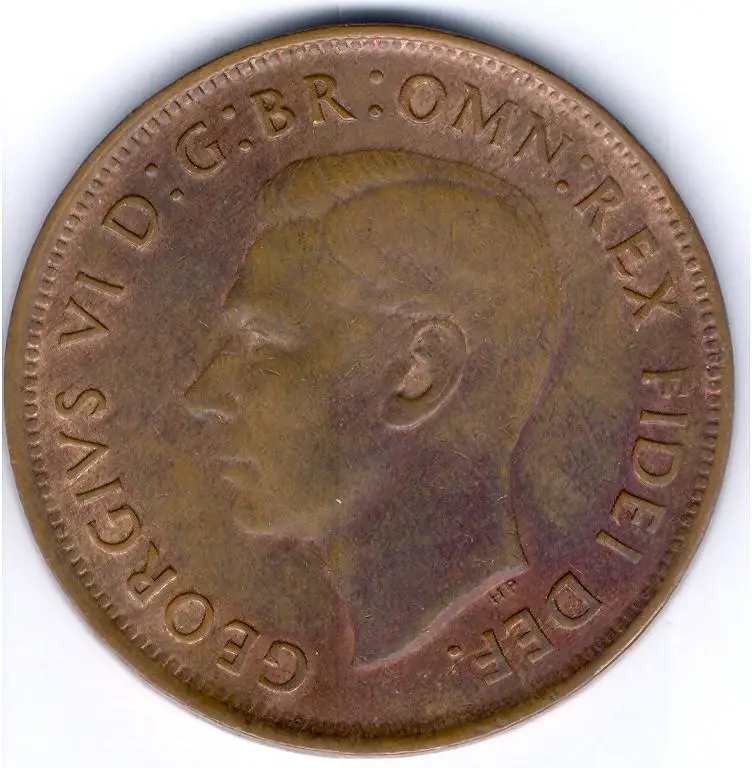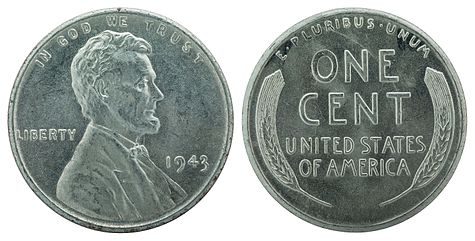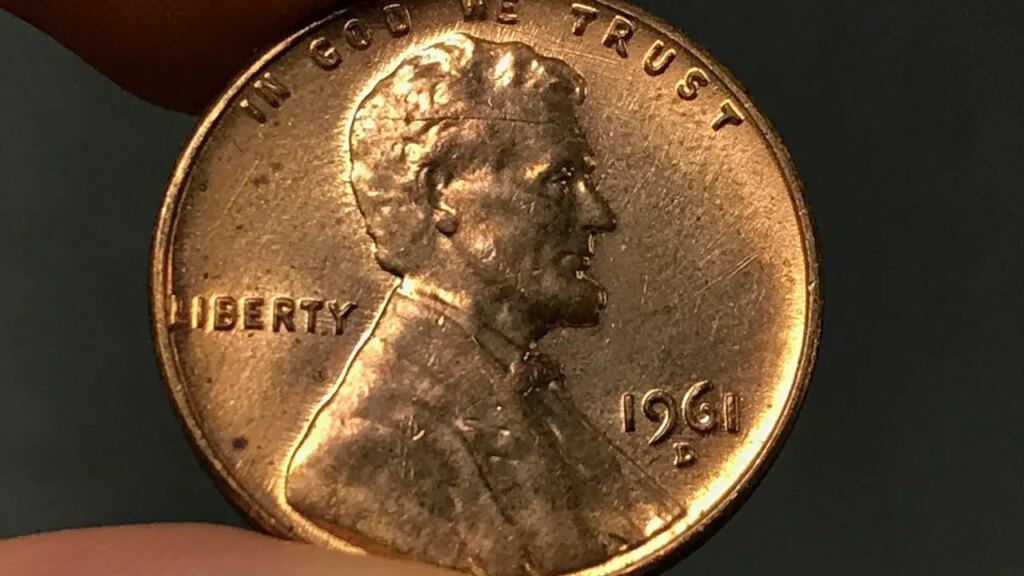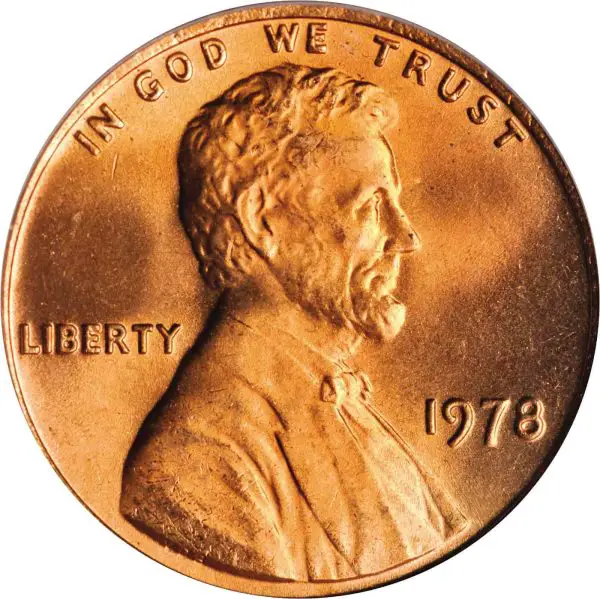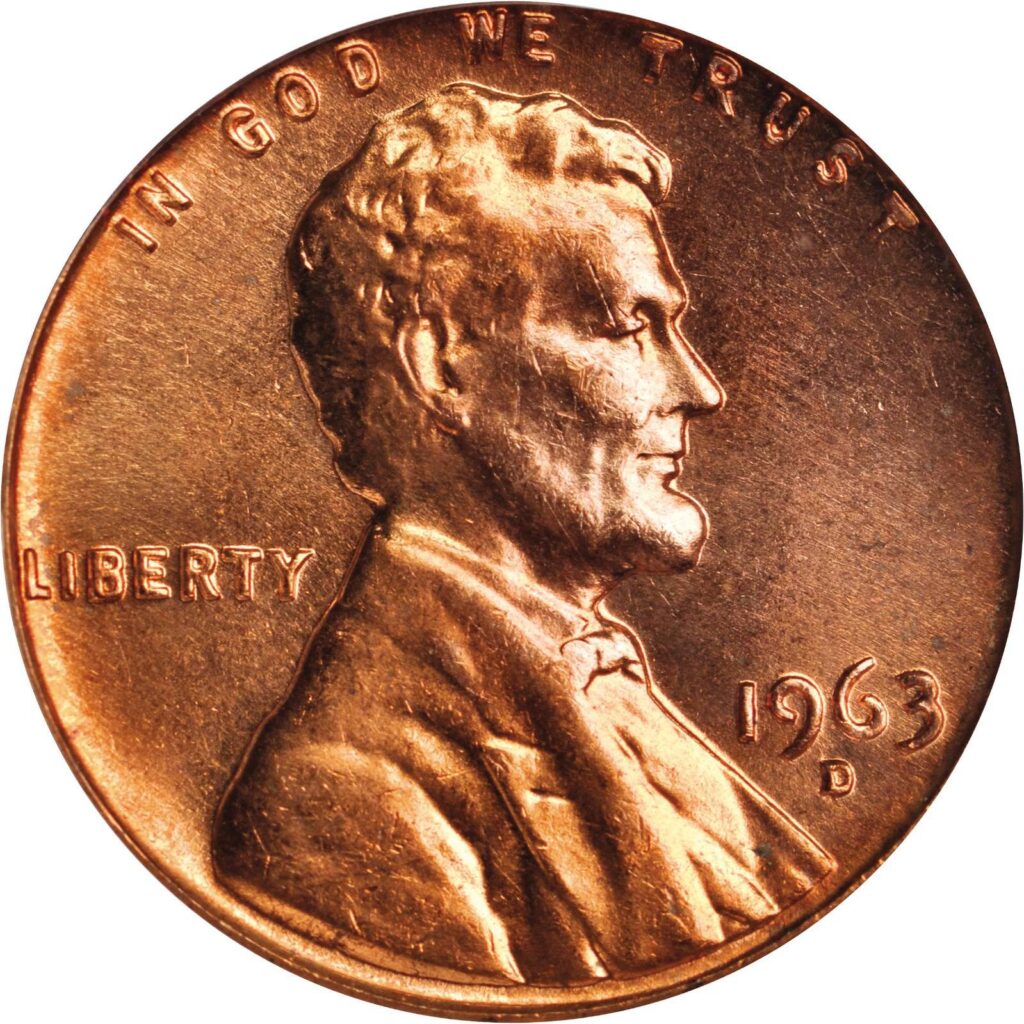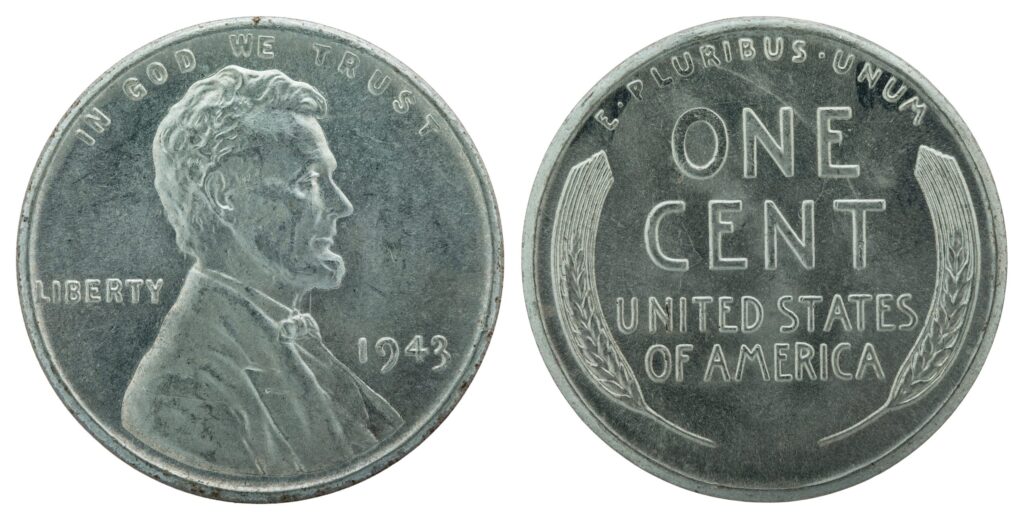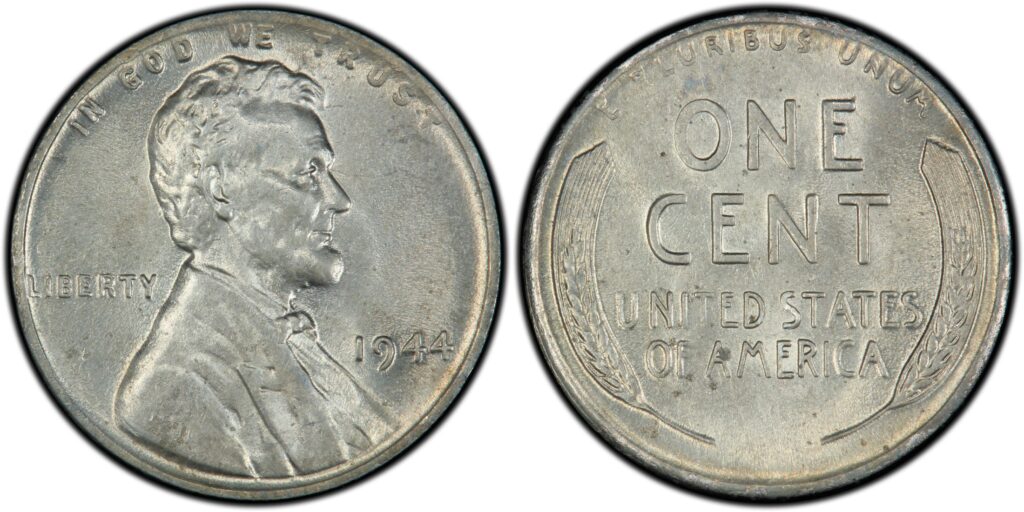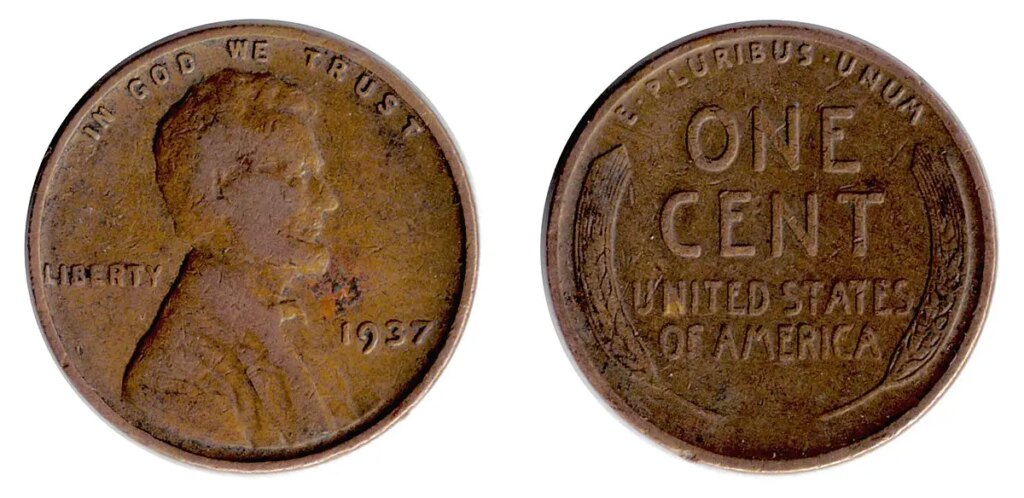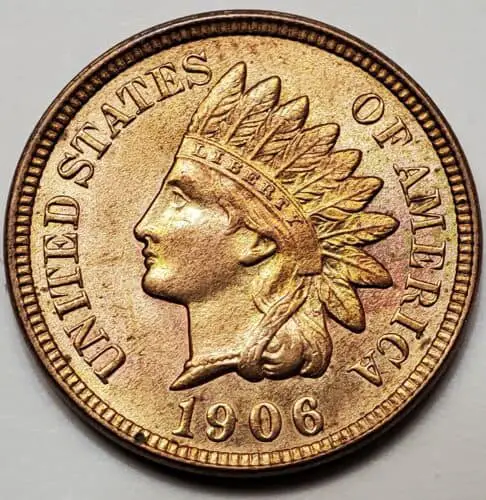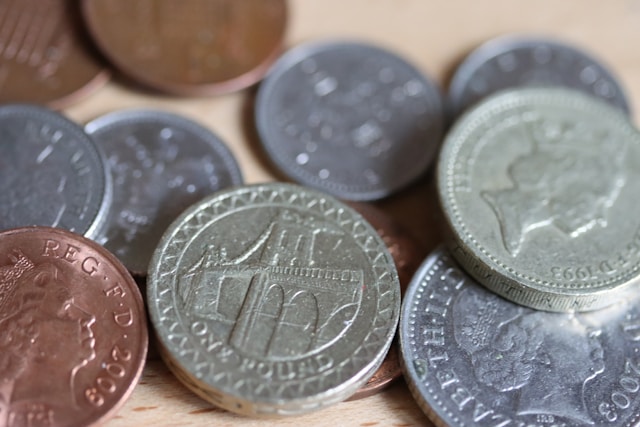1951 Penny Value
If you’re a coin collector or just someone who wants to know more about the value of a penny from 1951, then you’ve come to the right place. This article will explore the worth of a 1951 penny and what factors can affect its value.
Firstly, it’s important to note that the 1951 penny was made from copper, as the US government didn’t start using zinc-coated steel for pennies until 1982. This means that the 1951 penny is much heavier than its modern-day counterparts, as it weighs about 3.11 grams, whereas a penny made after 1982 weighs about 2.5 grams.
Now, to determine the value of a 1951 penny, we need to consider several factors, such as its condition, rarity, and demand among collectors. Let’s start with the condition.
The condition of a coin is probably the most important factor in determining its value. A 1951 penny in mint condition, meaning it was never put into circulation and remains in its original state, can be worth up to $9. However, most 1951 pennies that you’ll come across will have some wear and tear due to circulation. If your penny falls into the category of circulated but is still in good condition, it can be worth anywhere from $0.10 to $2.
The rarity of a coin is another factor that can significantly influence its value. In this case, rarity refers to how many 1951 pennies were minted in the first place. In 1951, the United States produced over one billion pennies, so they’re not exactly rare. However, if you come across a penny from 1951 with mint marks indicating it was made in Denver or San Francisco, it may be worth slightly more than a penny made in Philadelphia.
Demand among collectors is the third factor that can affect the value of a 1951 penny. While they are not particularly rare coins, they are still part of a collector’s set and can be sought after by those trying to complete a collection or looking for a specific coin. If a 1951 penny is in high demand among collectors, it can fetch a higher price than if there was no demand.
One thing to keep in mind when trying to determine the value of a 1951 penny is that there are often many factors at play, and none of them have a hard and fast rule. Two identical coins could have vastly different values depending on their condition, any rare markings, and who wants to buy them.
If you’re looking to sell a 1951 penny, it’s important to get an accurate estimate of its value. You can do this by researching the sold listings on eBay or reaching out to a reputable coin dealer. Be wary of online appraisals, as they are often unreliable and may not give you an accurate idea of your coin’s actual worth.
In conclusion, the 1951 penny is a relic from a bygone era, and its value can vary depending on its condition, rarity, and demand among collectors. While they’re not particularly rare coins, they can be worth significantly more than face value if they’re in mint or nearly mint condition. If you have a 1951 penny in your possession, take the time to research its value before selling it, as you may be surprised at how much it’s worth.
Frequently Asked Questions
How much money is a 1951 penny worth?
The value of a 1951 penny depends on the current condition of the coin, whether it has any mintmarks and the level of demand for it. Some 1951 pennies may sell for just a few cents, while others may fetch over $10 or more. Numismatic websites and coin dealers are good sources to determine the value of rare coins like 1951 pennies.
Is a 1951 D penny rare?
The 1951 D penny is not rare. It had a mintage of over 1 billion coins, which makes it relatively easy to find them in circulation or coin collections. Nonetheless, the coin’s value depends on its condition, and uncirculated 1951 D pennies may have a higher value due to their scarcity in that condition.
How much is a 1951 D mint mark penny worth?
A 1951-D Lincoln wheat penny in circulated condition may be worth around five to fifteen cents, while an uncirculated specimen may range from $1 to $20, depending on its grade and rarity. It is worth noting that only certified coin experts can determine the exact value of a coin.
Where is the mint mark on a 1951 penny?
The mint mark on a 1951 penny can be found on the reverse side (tails) just below the wheat ears. If the coin was minted in Philadelphia, there will be no mint mark. If it was minted in Denver or San Francisco, the mint mark will be a small “D” or “S” below the year 1951.
What year is the rarest penny?
The rarest penny is the 1943 copper penny. Only a few of these pennies were accidentally minted in 1943 with copper instead of zinc-coated steel, as copper was needed for ammunition during WWII. These copper pennies can be worth up to $100,000 or more.
What year of the penny is worth keeping?
There are a few years of pennies that are worth keeping, specifically those that are rare or have errors. Here are a few examples:
– 1943 Copper Penny: During World War II, pennies were made of zinc-coated steel to conserve copper. However, a few copper pennies were accidentally produced and are worth a lot of money today (up to $200,000).
– 1955 Double Die Penny: This penny has a doubled-up image on the obverse (front) side, making it look blurry or shadowy. It’s worth around $1,000.
– 1969-S Doubled Die Obverse Penny: Another doubled image penny, this one has a slightly off-set and tilted image on the obverse side. It’s worth around $35.
– 1972 Doubled Die Obverse Penny: This penny has a visible, doubled-up image on the front side, particularly on the words “Liberty” and “In God We Trust”. It’s worth around $300.
It’s always a good idea to research if you think you have a valuable coin.
What is the error on a 1951 penny?
Many known errors have been reported on this coin, including:
– Double Die: A double die error is when the coin is struck more than once with the same die, causing parts of the design to appear twice. On some 1951 pennies, the letters and numbers on the coin have a blurry appearance, indicating a double die error.
– Filled Die: When the die used to strike the coin is partially filled with grease, grease can be accidentally pressed onto the coin, causing parts of the design to appear missing or incomplete. This can occur on a portion of the design or throughout the entire coin.
– Repunched Mintmark: A repunched mintmark error is when the mintmark on the coin is stamped into the coin more than once. This can cause the mintmark to appear blurry or doubled.
– Off-Center Strike: When the coin is struck off-center, parts of the design can appear missing, and the rim of the coin might be thicker or thinner in places.
– Broadstrike: On a broad strike error, the coin is struck with more pressure than normal, causing the metal to spread out beyond the edges of the die. This can cause the design to appear larger than normal and without the usual rim.
– Die Break or Cud: A die break occurs when a portion of the die used to stamp the coin breaks off. The resulting error on the coin can look like a small raised area or like a ” cud.”
What pennies from the 1950s are worth money?
Some pennies from the 1950s that are known to have higher values due to rarity, errors, and special features include:
– 1955 Doubled Die Penny
– 1955 Poor Man’s Double Die Penny
– 1956 D/D RPM Penny
– 1958 Doubled Die Penny
– 1959 D/D RPM Penny
– 1959-D Lincoln Penny
Why is the 1961 D penny worth so much?
In general, a 1961 D penny is not worth much more than face value unless it is in mint condition. However, certain 1961 D pennies are considered rare or valuable, like the 1961 D/D “Error” variety or the “Small Date” variety. The former has a doubled mint mark, and the latter has a smaller-sized date stamp than the standard size. These rare varieties can be worth several hundred dollars or even thousands of dollars to collectors.
What are the most valuable error pennies?
Here are some of the most valuable error pennies:
1. 1943 copper penny (Mint error): This penny is one of the most sought-after and valuable error coins on the market today. During World War II, the US Mint accidentally created a small number of copper pennies in 1943, even though most pennies were made of steel due to a copper shortage. Experts estimate that only around 20 of these error coins exist, making them extremely rare and valuable. One example sold for $1.7 million at auction in 2010.
2. 1955 doubled-die penny: This error occurred when the design of the penny was pressed onto the coin twice, creating a slightly doubled image. It is one of the most well-known and valuable coin errors, with some examples selling for more than $100,000.
3. 1972 doubled-die penny: Like the 1955 penny, this coin has a doubled image that makes it stand out from a typical penny. It is not as valuable as the 1955 penny, but it can still sell for several thousand dollars.
4. 1969-S doubled-die penny: This is another penny with a doubled die error, but it is much rarer than the 1955 or 1972 varieties. It was only produced at the San Francisco Mint and is considered one of the most valuable and sought-after pennies in the world.
5. 1992 close “AM” penny: This error coin occurred when the letters “A” and “M” in “AMERICA” on the penny were pressed too close together, creating a very narrow gap between them. It is not as valuable as some of the other error pennies on this list, but it still commands a premium among collectors.
Which penny is worth the most?
Generally speaking, pre-1982 pennies are worth more than post-1982 pennies because they were made of 95% copper, while post-1982 pennies are made of 97.5% zinc with a thin copper coating. Copper is a valuable metal, and the closer a penny is to 100% copper, the more it may be worth. However, the condition and rarity of a penny can also affect its value. It’s best to consult with a coin appraiser or collector to determine the value of a specific penny.
What mint marks are rare on pennies?
Some of the old and rare mint marks of pennies include the 1909-S VDB Penny, 1931-S Penny, 1955 Doubled Die Penny, and 1974 Aluminum Penny. It is recommended to consult a numismatic expert or reference guide for more information.
What year is the misprint penny?
If you are referring to the famous 1955 Doubled Die penny, the misprint occurred in 1955.
What wheat back pennies are worth money?
The value of a wheatback penny depends on its rarity, condition, and year of issue. Some of the more valuable wheat back pennies include:
– 1909-S VDB: This penny was minted in San Francisco and features Victor David Brenner’s initials on the reverse side. It is one of the most sought-after wheat back pennies and can fetch tens of thousands of dollars in mint condition.
– 1914-D: The Denver mint only produced 1.2 million of these pennies, making them rare and valuable, particularly in good condition.
– 1922 “No D”: This penny has no mint mark, creating a valuable rarity, particularly since it was supposed to have the “D” for the Denver mint. This penny is believed to be a very precious error and can fetch several thousand dollars or more.
– 1943 Bronze Penny: This wheatback penny is made of bronze instead of the steel used during wartime. While it was never officially issued, some specimens were reportedly made and can command more than $100,000 at auction.
Note that the value of any coin may vary depending on its grade, age, and condition, so it’s a good idea to consult with a professional coin dealer or appraiser to get an accurate assessment of its worth.
What year penny is worth $1000000?
1943
Why is a 1982 penny worth $10000?
There may be multiple reasons why a 1982 penny is worth $10000:
1. Double Die: One of the major causes of a 1982 penny being worth more than its face value is if it has a double die. This means that the machine that stamped the penny doubled the image, creating a unique and sought-after coin. A double-die 1982 penny can be worth up to $10,000 or more.
2. Copper content: Another reason why a 1982 penny may be worth $10000 is due to its copper content. In 1982, the US Mint changed the metallic composition of pennies from 95% copper and 5% zinc to 97.5% zinc and 2.5% copper. However, some 1982 pennies were accidentally made with the old copper composition, and these coins are more valuable due to their metal content.
3. Rarity: The value of a coin is also affected by its rarity. If there are few 1982 pennies of a particular type or in a particular condition, then they will be worth more to collectors.
4. Condition: The value of any coin is also dependent on its condition. An uncirculated 1982 penny that is free of damage, scratches, and wear will be worth more than a heavily circulated coin.
What penny is worth $50000?
Here are a few general examples of pennies that have sold for $50,000 or more in the past:
– 1943 Bronze Lincoln Penny: This penny is one of the most sought-after coins in the world, as only a handful were struck in bronze that year (all other pennies were made of steel due to a wartime shortage of copper). One example sold for $1.7 million in 2020, making it one of the most valuable pennies ever.
– 1969-S Doubled Die Obverse Lincoln Penny: This penny is a rare error coin that was struck with a double image on the front. One example sold for $126,500 in 2015.
– 1793 Chain Cent: This is one of the earliest coins ever struck by the United States Mint, and only a few hundred are believed to still exist. One example sold for $437,000 in 2015.
– 1877 Indian Head Penny: This penny is rare because very few were produced that year due to a lack of demand for pennies. One example sold for $149,500 in 2020.
It’s important to note that not all pennies are worth this much money and the value of a coin is determined by many factors beyond its age or rarity. If you have a penny that you think might be valuable, it’s always best to have it appraised by a reputable dealer or numismatist.
What is a mint error on a penny?
A mint error on a penny is a mistake that occurs during the production of the coin. These errors can include missing elements, misaligned die strikes, and misprints. Mint errors can make the penny more valuable to collectors. Some examples of mint errors on pennies include double die, off-center strike, and repunched mint marks.
What is a BIE error penny?
A BIE error penny is a rare and valuable penny that has an error on the reverse side. The error occurs when the letters “E” and “R” in the word “LIBERTY” are too close, causing the word to appear as “LIBERTY” or “LIBERTY.” The BIE error is named after the shape of the letters that are too close together. BIE errors are considered collectible and can be worth more than a regular penny.
What is a wheat penny?
A wheat penny is a US one-cent coin that was produced from 1909 to 1958. It is called a wheat penny because the reverse side features two stalks of wheat, surrounding the words “ONE CENT.” The obverse side features a portrait of Abraham Lincoln. The term ” wheat penny” specifically refers to the coins produced from 1909 to 1958, as those produced after 1958 have a different design. Wheat pennies are popular among collectors because of their age and historical significance.

